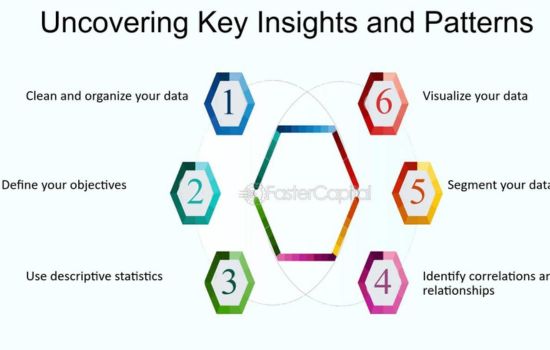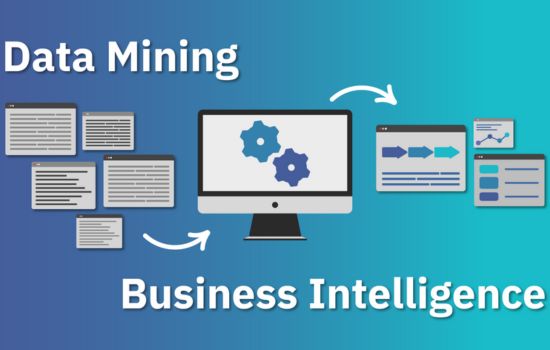Market research is the cornerstone of informed decision-making in the dynamic world of business-to-business (B2B) commerce. Whether you’re an experienced entrepreneur or a startup, knowing your market is critical to sustainable growth and competitive advantage. Because industries and consumer behavior are constantly changing, efficient methods for B2B market research are essential. Here are five effective strategies to help you achieve market mastery:
Table of Contents
B2B:
The acronym B2B represents “Business to Business.” Unlike business-to-business (B2C) transactions, it refers to exchanges or interactions between two businesses. In business-to-business (B2B) transactions, goods and services are usually sold from one company to another for further resale, internal usage, or integration into other goods and services. Compared to B2C transactions, this kind of business frequently entails bigger quantities, specialist items, and longer-term connections.
Surveys and Questionnaires: Unveiling Insights through Data
In the field of market research, surveys and questionnaires are still mainstays since they provide a direct channel of connection with your target population. Create specialized surveys to learn more about particular market trends, customer pain areas, preferences and purchase patterns. Use email campaigns or online survey platforms to contact a diverse range of respondents effectively. Carefully examine the gathered data to find trends, patterns, and areas that could use innovation. Through the use of surveys, you can obtain priceless information straight from the mouths of your prospective clients.

In-Depth Interviews: Extracting Nuanced Perspectives
In-depth interviews offer a deeper insight into your client’s needs, issues, and goals in the complex world of business-to-business markets. Interview important stakeholders, decision-makers and industry specialists one-on-one to extract complex insights from data that goes beyond the surface. Encourage respondents to offer their honest opinions by using open-ended questions and active listening techniques. Examine their objectives, buying criteria, and pain areas to find untapped possibilities for value addition and distinction. You can develop significant connections and uncover priceless knowledge by exploring the human aspect of business-to-business exchanges.
Competitive Analysis: Navigating the Competitive Terrain
A thorough competitive analysis is necessary for strategic positioning in the highly competitive business-to-business (B2B) commerce world. Examine your rivals’ advantages, disadvantages, tactics, and products to identify opportunities for growth and unique selling points. To obtain practical insights, carefully examine their pricing strategies, marketing strategies, distribution channels, and consumer feedback. Find untapped markets or unmet needs in order to carve out a niche and create value propositions that will appeal to customers. Keep up with your competitors’ movements to predict market changes and proactively adjust your tactics for long-term success.
Data Mining and Analytics: Extracting Actionable Intelligence
Using data mining and analytics to their full potential can yield a wealth of useful insights in the big data era. Utilize cutting-edge analytics tools and algorithms to analyze large datasets and identify important trends, correlations, and patterns. To learn more about customers’ preferences and buying habits, investigate internal data sources including sales records, customer interactions, and website analytics. To improve your grasp of the market environment, supplement your internal data with information from outside sources including industry magazines, market studies, and social media trends. Adopting a data-driven strategy enables you to make well-informed decisions supported by quantitative insights and empirical facts.

Social Listening: Tapping into the Pulse of the Market
In today’s social media-fueled connected world, social listening becomes invaluable for keeping tabs on sentiment and conversations within your sector. Use social listening tools to monitor conversations, hashtags, and mentions related to your business-to-business (B2B) specialty across a variety of platforms. Get up-to-date information on the attitudes of consumers, competitive changes, and emerging trends that are influencing the industry. To build credibility and trust, have meaningful conversations with your audience, answer their questions, and deal with their issues. Being aware of the market’s movements allows you to adjust your tactics and seize new possibilities quickly.
Conclusion:
Learning B2B market research necessitates a broad strategy that incorporates various approaches and strategies. Incorporating surveys, interviews, data analytics, competition analysis, and social listening into your research methodology will help you obtain a comprehensive picture of your target market and uncover opportunities for expansion and innovation. To confidently and clearly navigate the difficult landscape of business-to-business (B2B) trade, embrace curiosity, agility, and an unwavering pursuit of insights.

